Status of the critical strategic minerals industry in Alberta
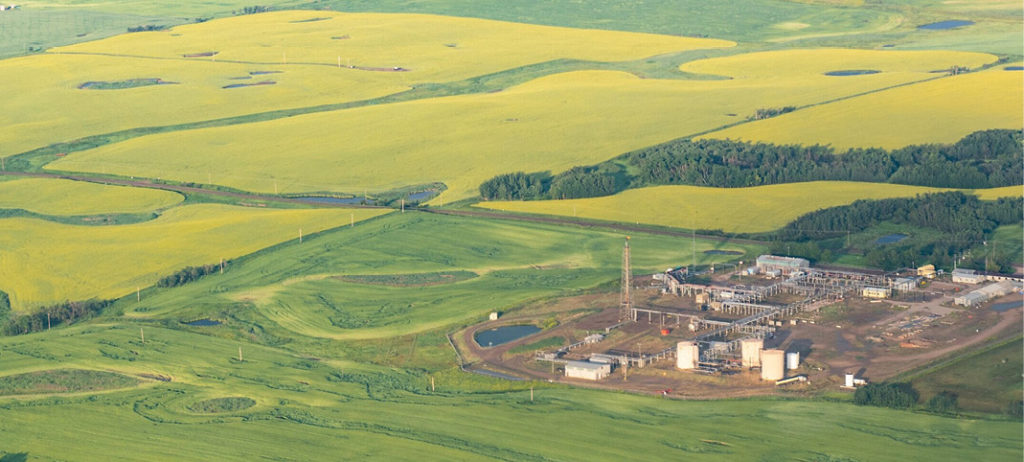
Critical strategic minerals are the building blocks for a green and digital economy. The six critical minerals that hold the most significant potential for Canadian economic growth are lithium, graphite, nickel, cobalt, copper, and rare earth elements. These minerals are used in the production of many products including electric vehicle batteries, solar panels, and wind turbines.
The Canadian Critical Minerals Strategy (CCMS) aims to help Canada in the global energy transformation by making Canada a clean energy and technology supplier of choice in a net-zero world. The CCMS is backed by $3.8 billion of funding announced in the federal government’s Budget 2022 and includes a 30% critical mineral exploration tax credit for targeted critical minerals.
As a major resource player in Canada, Alberta has been investigating how it can diversify its oil and gas industry and create a robust minerals industry.
Government of Alberta
In Alberta, lithium, nickel, and cobalt are among the critical minerals that have potential to be produced. The province’s lithium deposits are considered one of the world’s largest, located deep underground in the Leduc geological formation, which is also a major oil and gas producing region.
Alberta recently completed a refresh of its mineral industry’s legislation and regulations to increase regulatory clarity, efficiency, and effectiveness and provide certainty for the industry.
Alberta’s Minerals Strategy and Action Plan (MSAP) is aimed to position Alberta as the preferred producer and supplier of minerals and mineral products. Currently, there are no existing critical minerals’ mining operations in Alberta, but the province has potential for any new mineral projects that open up, including brine-hosted lithium and rock-hosted mineral projects.
“Alberta has been focusing on many key areas of the MSAP, including enhancing mineral public geoscience, to better understand our mineral resources and lower any risks associated with mineral exploration and improving the fiscal and regulatory environment for the mineral sector,” said James Snell, press secretary to the Honourable Brian Jean, minister of energy and minerals.
To achieve Alberta’s vision of becoming a preferred producer of minerals and mineral products, and to contribute to and benefit from the global energy transformation, Alberta’s current minerals strategy focuses on six key areas, which include enhancing the fiscal and regulatory environment and promoting responsible development.
Combined with the Responsible Energy Development Act (REDA), the Mineral Resource Development Act (MRDA), proclaimed on Feb. 28, 2024, provides legislative authority to the Alberta Energy Regulator (AER) to regulate mineral resources in addition to their authority over other energy resources.
Snell said, “The REDA provides the AER with the authority to be the single regulator for upstream oil, gas, oilsands, and coal projects in Alberta. The AER is responsible for regulating energy resource developments under the specified enactments from initial application to reclamation.”
The MRDA allows for the responsible development of Alberta mineral resources in the public interest. It is administered by the AER and applies to all naturally occurring mineral resources in the province and related wells, facilities, well sites, facility sites, mines, mine sites, external mine discard dumps, and processing plants throughout their life cycles.
“The MRDA aligns the AER’s authority over minerals with its authority over other energy resources and enhances the fiscal and regulatory environment for metallic and industrial mineral development. This one-window approach provides regulatory clarity and certainty for industry and investors, while protecting the interests of Albertans by ensuring the orderly and responsible development of the province’s valuable mineral resources,” said Snell.
Alberta’s MSAP outlines a path to unlock Alberta’s untapped mineral resource potential, which will help to meet the increasing global demand while creating jobs and attracting investment.
Snell said, “It is difficult to predict the socio-economic benefits for a nascent industry. However, it is known that a sizable mineral sector in the province will contribute to Alberta’s prosperity by helping to diversify its economy.”
Alberta’s energy regulator and Alberta’s geological society
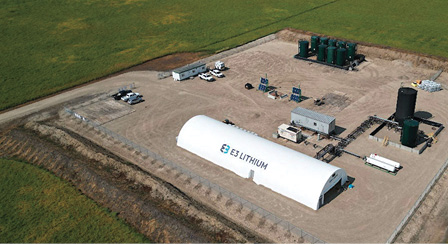
In 2021, the government of Alberta, the AER, and the Alberta’s Geological Survey (AGS) started work to build one of the largest mineral mapping programs in Alberta’s history, which involved the collection of geological and geophysical data.
This collaboration is part of a multi-year mineral mapping program that includes collecting and publicly releasing raw data, interactive maps, technical reports, journal publications, and giving public presentations. This data will help provide critical information for producers on the resource development potential. Anticipating future critical mineral developments, the AER has developed new regulatory frameworks to ensure the safe and efficient development of these resources.
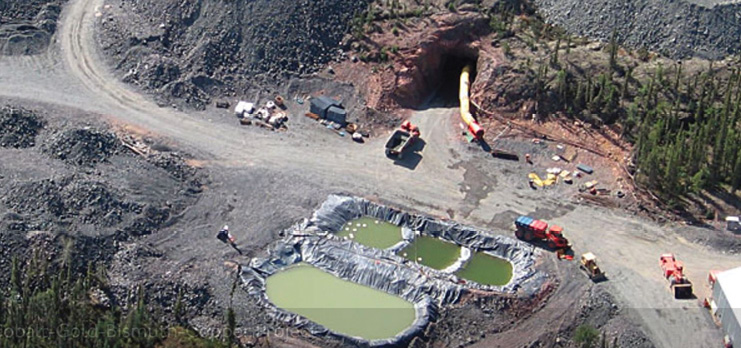
As of 2022, several exploration projects focused on discovering critical mineral deposits have taken place across the province. These projects include the acquisition of one of the largest high-quality regional airborne geophysical surveys in Canadian history, with over one million line-kilometre covering the entire province, using satellite-based remote sensing to analyze mineral occurrences on the land surface in remote locations, sampling for the presence of indicator minerals from 1350 glacial till and stream sediment samples from across the province, digitizing 329 historical mineral assessment reports, and evaluating thousands of newly collected and archived rock samples and tens-of-thousands of meters of mineral and oil and gas industry drill cores. This data can be found on the AGS’s website at https://ags.aer.ca.
Since 2016, the mining industry has focused a lot of attention on discovering lithium because of an increased global demand for this mineral. It is also commonly found in oil and gas fields in Alberta, which are plentiful.
Kelsey McCormack, the director of geology and resources at the AGS, said, “Although it is still early days in the context of our current mineral mapping program, we have already identified several critical mineral occurrences, such as lithium, vanadium, cobalt, rare earth elements, and nickel throughout many regions in Alberta. Our objective is to improve and expand our collective knowledge of Alberta’s mineral potential and ensure this data and information highlighting Alberta’s diverse and extensive mineral potential is easily accessible in a variety of formats to meet the needs of our many stakeholder groups.”
On March 1, 2024, the AER assumed full regulatory oversight of mineral resources development in the province. Under the MRDA, the province will increase regulatory clarity and certainty for the minerals industry, and it is the final step in creating a single regulator for mineral developments in Alberta for mining critical minerals in Alberta.
Tyson Flynn, vice president of Regulatory Enhancement at the Alberta Energy Regulator, said, “The AER is now responsible for serving as the single regulator for mineral development activities in the province. A big part of our new work is focused on ensuring that industry, Albertans, and First Nations and Metis groups have access to our new mineral data and a robust understanding of the newly created regulatory system. We have strived to balance out environmental and safety issues with the development of an efficient and effective regulatory system.”
Flynn also said, “The new regulatory frameworks under the MRDA provide the AER with the necessary tools to mitigate any issues that might arise with applications for mining permits, mining operations, or safety and environmental issues. The new system is outcomes focused which ensures that we can manage risks on a project-by-project basis, and it allows us to be flexible in our approach for each site based on the nature of risk, type of technology being proposed, and concerns from shareholders.”
Alberta Innovates
Alberta Innovates drives research and innovation by providing funding to industry. Under its “Critical Minerals and Emerging Tech” category, this program supports development of critical strategic minerals for a more sustainable minerals industry which contributes to the decarbonization of energy systems, creates new end-use products, and enables achievement of emission reductions targets and net-zero goals.
E3 Lithium
One of Alberta Innovates’ CMET-funded programs is the advancement of Direct Lithium Extraction (DLE) technology to unlock E3 Lithium’s significant lithium resources. One major advancement occurred in 2023, when E3 constructed and operated Alberta’s first lithium extraction pilot project in its Clearwater project area.
E3 has also received funding from the federal government. In addition to government funding, E3 formed a strategic agreement with Imperial Oil, where the oil giant invested $6.35 million in the company, which will draw lithium from under the Leduc oilfield, the site of Imperial Oil’s historic discovery of its Leduc No. 1 well in 1947. Lithium is a brine-hosted mineral, a naturally occurring metal found in abundance in many oilfields.
The results of E3’s 2023 field pilot plant, located east of Olds Township and north of Calgary, which began operations in summer 2023 and paused operations in November 2023 after the successful testing of its DLE technology at near commercial scale, exceeded all key performance indicators. E3 tested its proprietary DLE technology and four third-party DLE technologies at scale in 2023, all with successful results. One third-party technology tested at E3’s field pilot plant achieved 94% lithium recovery and lithium concentrations at 80.1% and 909.0 mg/L in the lithium product stream. Each DLE technology evaluated achieved technical success, significantly de-risking the commercial viability of E3’s Leduc brines. The production of high-quality concentrate at relatively high low rates enables E3 to proceed with developing lithium in Alberta.
E3 also announced it had successfully produced 99.78% pure battery quality lithium hydroxide monohydrate (LHM) in October 2023. A purity of 99.5% or greater is typically considered sufficient quality for sale to offtake customers like EV manufacturers.
E3 plans to deliver its lithium products with reduced environmental impact including using less than 3% of the land of typical lithium projects, with no tailings or evaporative ponds. The company’s goal is to produce high purity, battery grade, lithium products for the global market.
The Clearwater project area is in E3’s Bashaw district. The company aims to produce upwards of 25,000 t/y of battery-grade lithium products via its first commercial facility and believes its resources in the Bashaw district could support the production of up to 150,000 t/y once fully operational across several commercial facilities.
The company plans to sell its battery-grade lithium products directly to battery producers and EV companies. This year, E3 is finalizing and publishing its pre-feasibility study and will begin its feasibility study immediately thereafter. Along with completing advanced engineering studies, the company will progress consultation and regulatory permitting, secure project financing, and sign offtake agreements with customers, as it works towards construction of its first commercial plant. E3’s goal is to begin construction of its first commercial plant in 2026, with an updated commercialization schedule to be released with its PFS.
“The achievement of this year’s goals will mark a fundamental shift in our business; one that sees us move from a technology and resource developer to a commercialization company on a clear and demonstrated pathway to operations,” said Chris Doornbos, president and CEO of E3 Lithium. “In addition, completing the milestones we have outlined for 2024 will establish the Clearwater project as one of the few advanced stage lithium developments in Canada and North America.”
Fortune Minerals
Another upstream mineral production and refining project under Alberta Innovates’ Clean Resources funding program is Fortune Minerals’ NICO cobalt-gold-bismuth-copper critical minerals project. Although this project will be located in the Northwest Territories (NWT), it includes a refinery, which will be located in the Industrial Heartland northeast of Edmonton, Alberta.
Fortune is developing the vertically integrated NICO cobalt-gold-bismuth-copper critical minerals project, comprised of a mine and concentrator in the NWT and a hydrometallurgical refinery in Alberta.
The NICO project is an advanced development stage asset that Fortune has expended more than $137 million to advance from an in-house mineral discovery to a near shovel-ready development asset. To date, the NICO project has received a positive feasibility study, environmental assessment approval, and the major mining permits for the facilities in the NWT. However, Fortune still needs final approval on its management and closure plans.
The mine and concentrator are anticipated to take two years, and the Alberta refinery would take 18 months for construction, conducted concurrently. Commissioning is expected to take place in late 2026 or early 2027, subject to project financing.
The NICO project will have an average annual production of 1,800 metric tonnes of cobalt (approximately 8,780 tonnes of cobalt sulfate), 47,000 oz. of gold, 1,700 tonnes of bismuth, and 300 tonnes of copper.
Fortune has also entered into a process collaboration agreement with Rio Tinto to assess the feasibility of processing intermediates products from Kennecott smelter wastes in Utah at Fortune’s planned Alberta refinery to increase bismuth and cobalt production. This cross-border initiative is aligned with the Canada-U.S. joint action plan on critical minerals.
The NICO project will produce three minerals identified on Canada’s critical minerals list: cobalt, bismuth, and copper. Although Alberta is not geologically well-endowed with metals, it is a very attractive jurisdiction for processing minerals, particularly in the Industrial Heartland.
The Heartland is an existing critical minerals processing hub with Sherritt International operating a similar hydrometallurgical refinery in Fort Saskatchewan producing nickel and cobalt briquettes and nitrogen-based fertilizers. Umicore also operates an adjacent metals alloy facility, and there is lithium from brine exploration projects being assessed for development nearby.
Cobalt is particularly important because of its expanding consumption in lithium-ion rechargeable batteries used to power electric vehicles, portable electronics, and stationary energy storage cells.
The Alberta refinery will process concentrates from the mine to produce cobalt sulfate needed to make the cathodes of most lithium-ion rechargeable batteries, gold doré, bismuth ingots, and copper cement.
Robin Goad, president and CEO of Fortune Minerals, said, “The NICO project will provide an important new North American source of critical strategic minerals to diversify their supply chains and reduce risks associated with some of the current supply sources as a result of geopolitical issues.”
Diane L.M. Cook is a freelance mining writer.

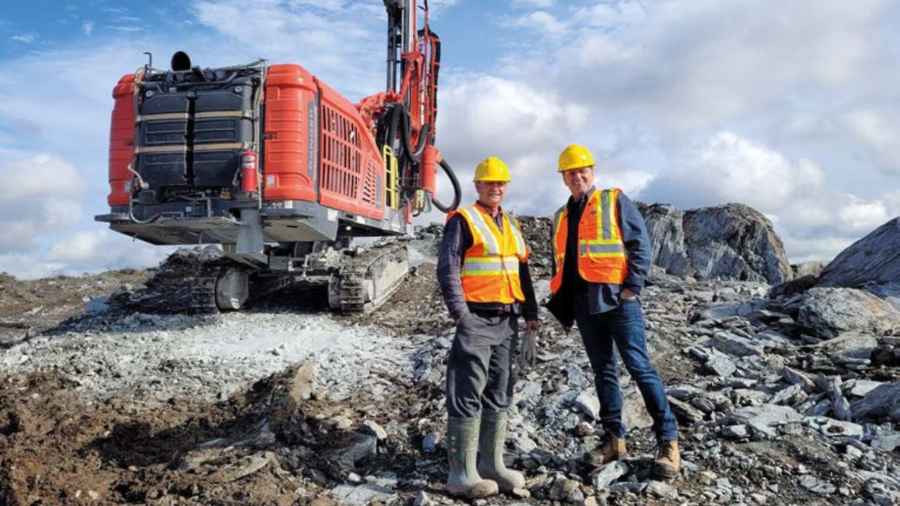

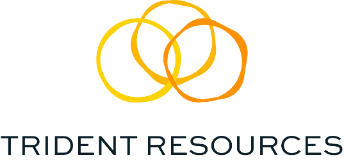
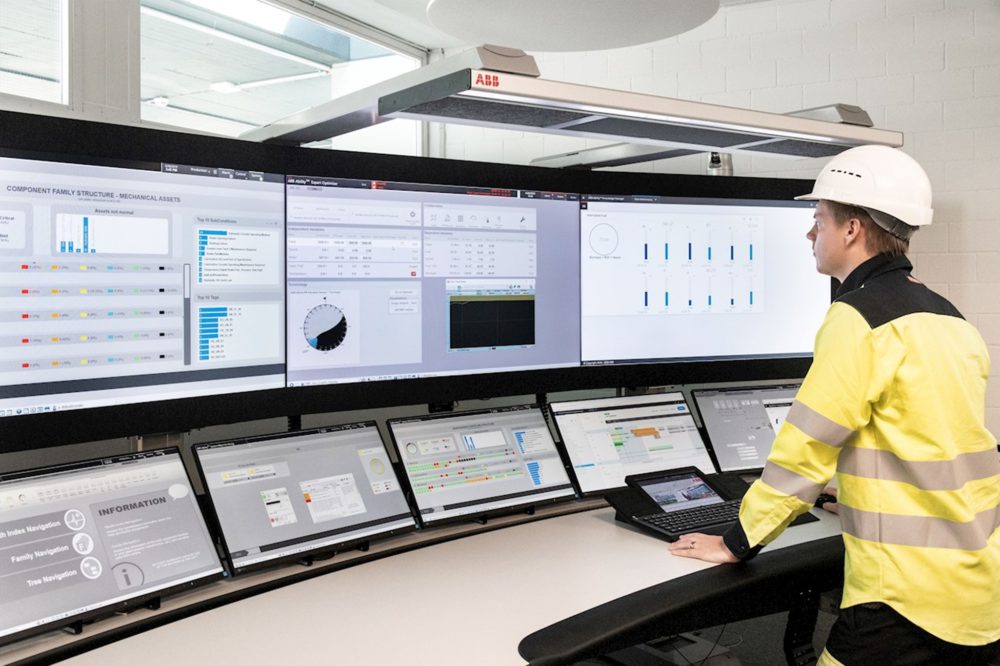
Comments
Mahfuj Emam
Hi, is it updated news for Fortune Minerals and Alberta refinery !!